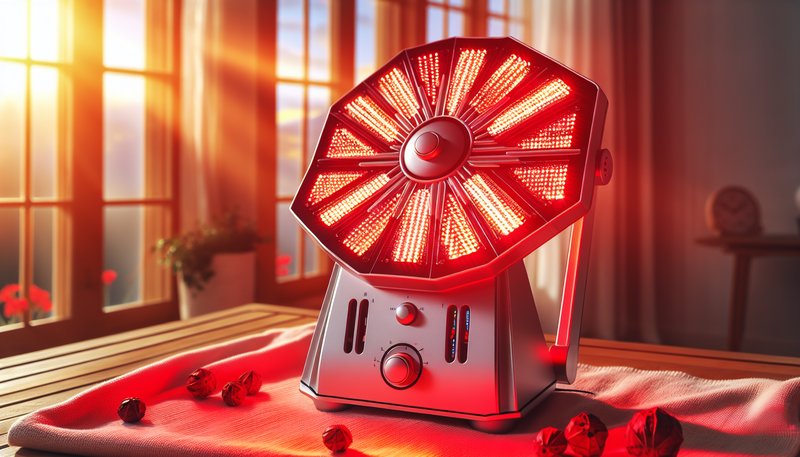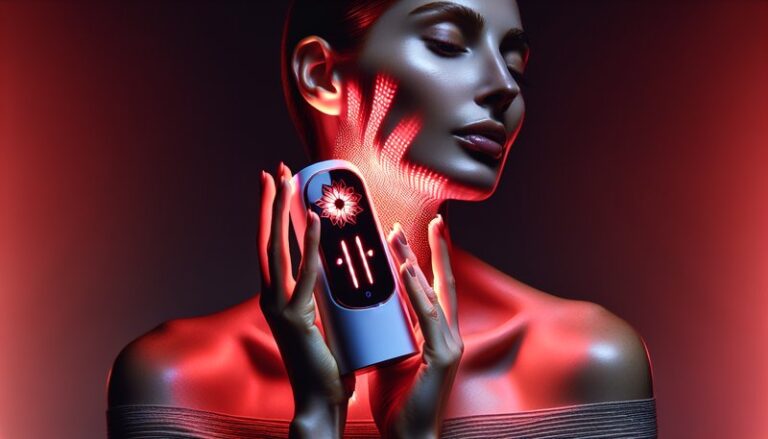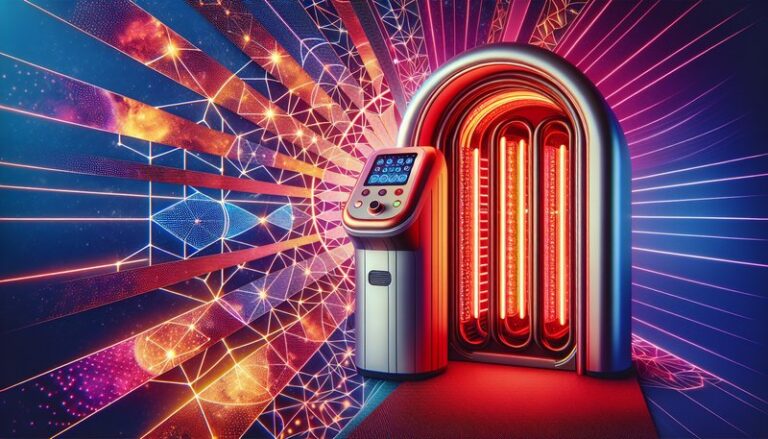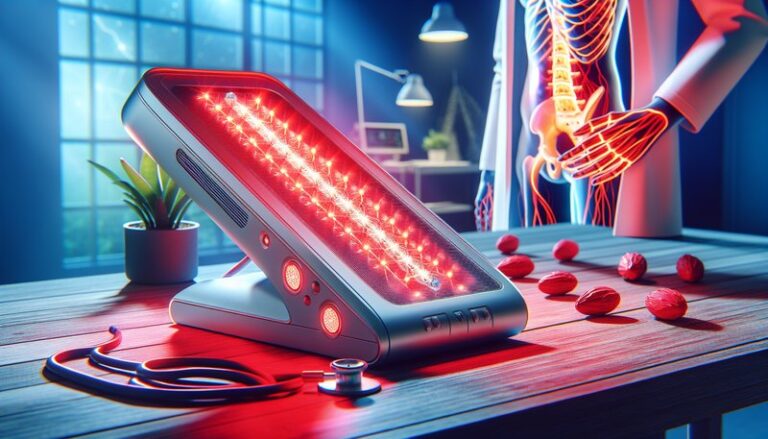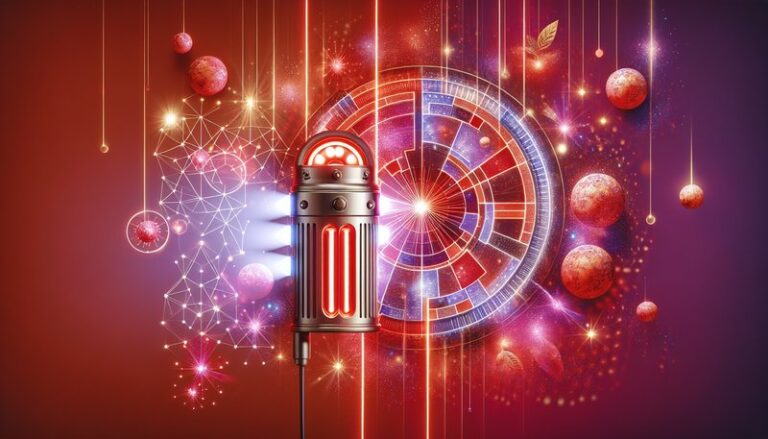What Is Red Light Therapy?
Have you ever wondered if there’s a non-invasive way to improve your skin, enhance healing, or boost your energy levels?
This article will explore the fascinating world of red light therapy, including its definition, numerous benefits, considerations to keep in mind, and alternatives you might explore. By the end, you’ll have a comprehensive understanding of how this emerging therapy can fit into your wellness routine.
Key Takeaways
- Red light therapy uses specific wavelengths of light to promote healing and rejuvenation in the body.
- Numerous studies suggest potential benefits for skin health, muscle recovery, and pain relief.
- While generally safe, there are important considerations and alternatives to think about before starting treatment.
What is Red Light Therapy?
Red light therapy (RLT) is a therapeutic technique that utilizes specific wavelengths of light, typically between 600 to 650 nanometers (red light) and 800 to 850 nanometers (near-infrared light), to penetrate the skin for various health benefits. This non-invasive treatment stimulates cellular processes, enhances mitochondrial function, and promotes healing.
RLT has gained popularity in recent years, particularly in the fields of dermatology and physical therapy. It is often delivered through light-emitting diode (LED) devices, lasers, or incandescent bulbs, and can be administered in clinics or even at home with dedicated devices.
Mechanism of Action
The light energy from RLT is absorbed by the mitochondria in the cells, leading to increased ATP (adenosine triphosphate) production. This boost in energy enhances cellular activities like repair and regeneration, ultimately leading to various health improvements.
What are the Benefits of Red Light Therapy?
Red light therapy comes with a host of potential benefits worth exploring. Here, we’ll outline some of the key advantages supported by research and anecdotal evidence.
Improved Skin Health
One of the most well-known benefits of RLT is its ability to improve skin health. Studies have shown that it can reduce wrinkles, enhance collagen production, and improve skin tone and texture, making it a popular choice in the field of aesthetic dermatology.
Enhanced Muscle Recovery
Athletes and fitness enthusiasts benefit from RLT due to its ability to reduce muscle soreness and improve recovery times. Research suggests that RLT can help decrease inflammation and accelerate the healing of damaged tissues after intensive workouts.
Pain Relief
RLT has been employed for managing chronic pain conditions such as arthritis, fibromyalgia, and back pain. Patients report a reduction in discomfort, and studies indicate that the therapy can help modulate pain perception and promote tissue healing.
Increased Energy Levels
Many individuals who undergo RLT report increased energy and reduced fatigue. The stimulation of mitochondria can enhance overall vitality, which can be particularly beneficial for individuals dealing with chronic conditions.
Wound Healing
An additional benefit of RLT is its ability to accelerate wound healing. It can promote tissue repair and reduce scar formation, making it a useful treatment for post-surgical recovery or injuries.
Is it Possible to Perform Red Light Therapy at Home?
Yes, red light therapy can be performed at home using portable devices designed for personal use. This accessibility enables users to integrate RLT into their daily wellness routines conveniently.
What are the Advantages of Home Red Light Therapy?
Cost-effective and convenient, home devices allow for regular treatments without the need for frequent clinic visits. Many users find they can maintain consistency in their therapy, leading to more significant results over time.
Read our take on Does Red Light Therapy Work?
What are the Disadvantages of Home Red Light Therapy?
While convenient, home devices may not produce the same intensity or effectiveness as professional machines found in clinics. Users may also need to spend time researching proper usage and settings to achieve optimal results.
What are the Things to Consider Before Starting Red Light Therapy?
Before beginning red light therapy, there are several important factors to consider that can impact your experience and results.
Skin Sensitivity
Individuals with sensitive skin or specific skin conditions should consult with a dermatologist before starting RLT to ensure it’s appropriate for their situation.
Read our take on Does Red Light Therapy Promote Hair Growth?
Device Quality
Not all red light therapy devices are created equal. Research reputable brands and products, looking for those that provide the correct wavelengths and dosages to ensure effectiveness.
Treatment Frequency
Understanding the recommended frequency and duration for treatments is essential. While some may respond well to infrequent sessions, others may require more regular exposure for optimal benefits.
What are the Alternatives to Red Light Therapy?
If red light therapy doesn’t seem like the right fit for you, there are several alternatives to consider for skin health, pain relief, or recovery.
Blue Light Therapy
Blue light therapy is often used for acne treatment. It works by targeting the acne-causing bacteria on the skin, leading to clearer skin over time.
Cryotherapy
Cryotherapy involves exposing the body to extreme cold to promote healing and reduce inflammation. This method is popular among athletes for recovery purposes.
Infrared Saunas
Infrared sauna therapy uses infrared light to heat the body, promoting relaxation and detoxification. It’s a gentler approach to healing and can still provide benefits similar to RLT.
Conclusion: Is it Recommended to Try Red Light Therapy?
Red light therapy is a promising treatment option that offers various benefits, including improved skin health, enhanced recovery, and pain relief. However, make sure to weigh your individual needs and circumstances before beginning treatment. Consulting with a healthcare provider can provide clarity on whether RLT is right for you.
Frequently Asked Questions
Is red light therapy safe?
Yes, red light therapy is generally considered safe when used appropriately. However, it’s essential to follow manufacturer guidelines and consult with a healthcare professional if you have any concerns.
How long does it take to see results from red light therapy?
Results can vary significantly from person to person. Some individuals may notice improvements within weeks, while others might take several months of consistent use.
Can anyone use red light therapy?
While most people can safely use red light therapy, individuals with specific medical conditions, such as light sensitivity, should consult their doctor before beginning treatment.
What should I look for in a red light therapy device?
When choosing a red light therapy device, look for those that specify the wavelengths used (600-850nm) and have good reviews for effectiveness and safety.
